From the Factory, Players | August 6, 2025
Judy Collins’ 12-String Time Capsule: Her 1971 D12-35 on Display
The folk icon’s beloved 12-fret Dreadnought helps tell the story of an era from inside the Martin Museum
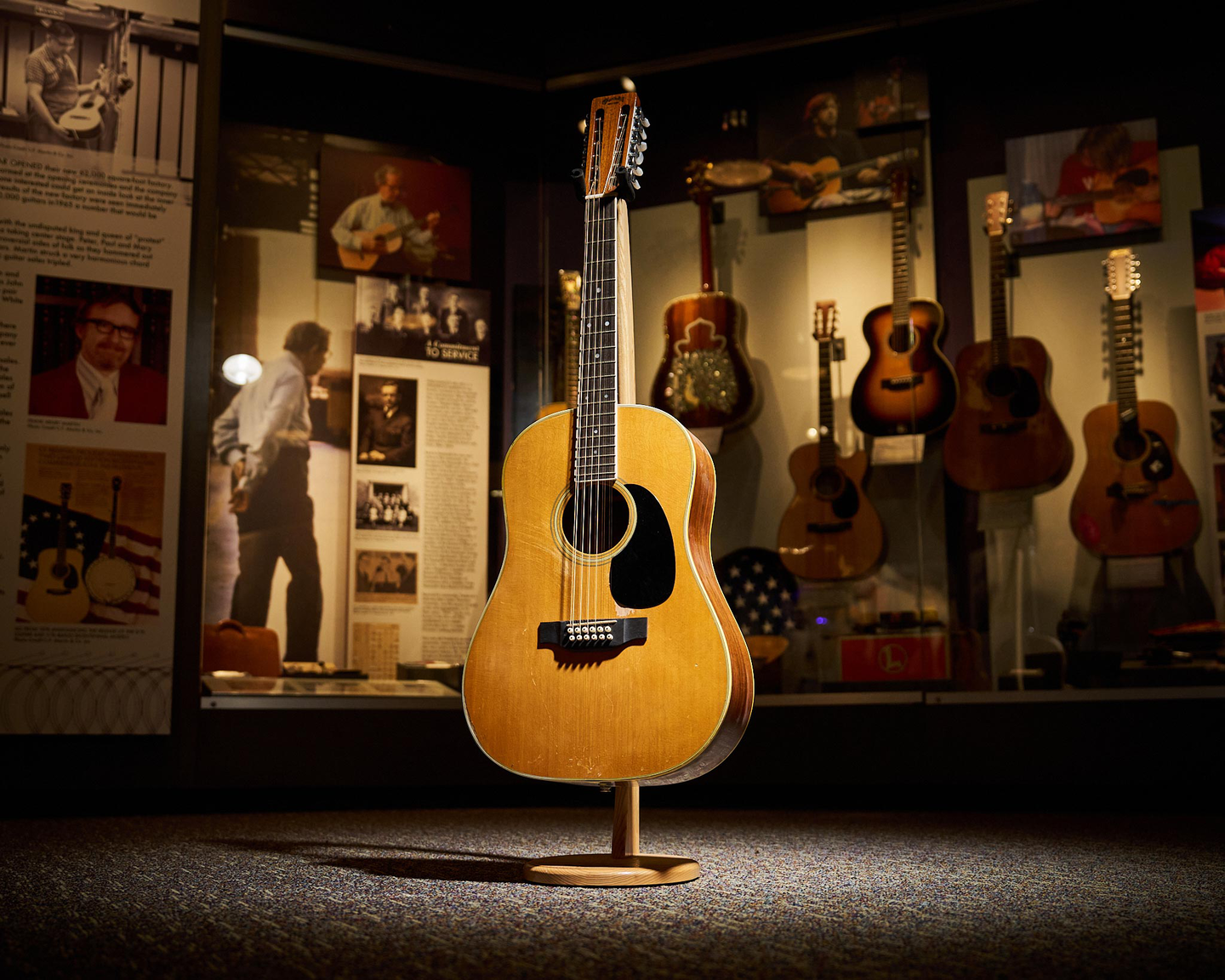
Among the legendary artist guitars displayed in the Martin Museum, Judy Collins’ 1971 D12-35 stands out as a time capsule of the American folk revival. The 12-string Dreadnought, with its slope-shoulder, 12-fret design, was once owned by Collins herself—a powerful voice in both music and activism whose career spans more than six decades.
“There was always a connection with her and Martin,” says Jason Ahner, Martin’s archives and museum manager. “She played at the grand opening of our Sycamore Street factory in 1964 with Tom Paxton—on the loading dock. Back then, she was playing a D-18, but for that performance, the company gave her a D-28.”
Though Collins started with six-string models, she eventually gravitated to the lush, chime-like tone of a 12-string. And by the early 1970s, she had found her match in the D-35 family—particularly the 12-fret D12-35 now on display in Nazareth, Pennsylvania.
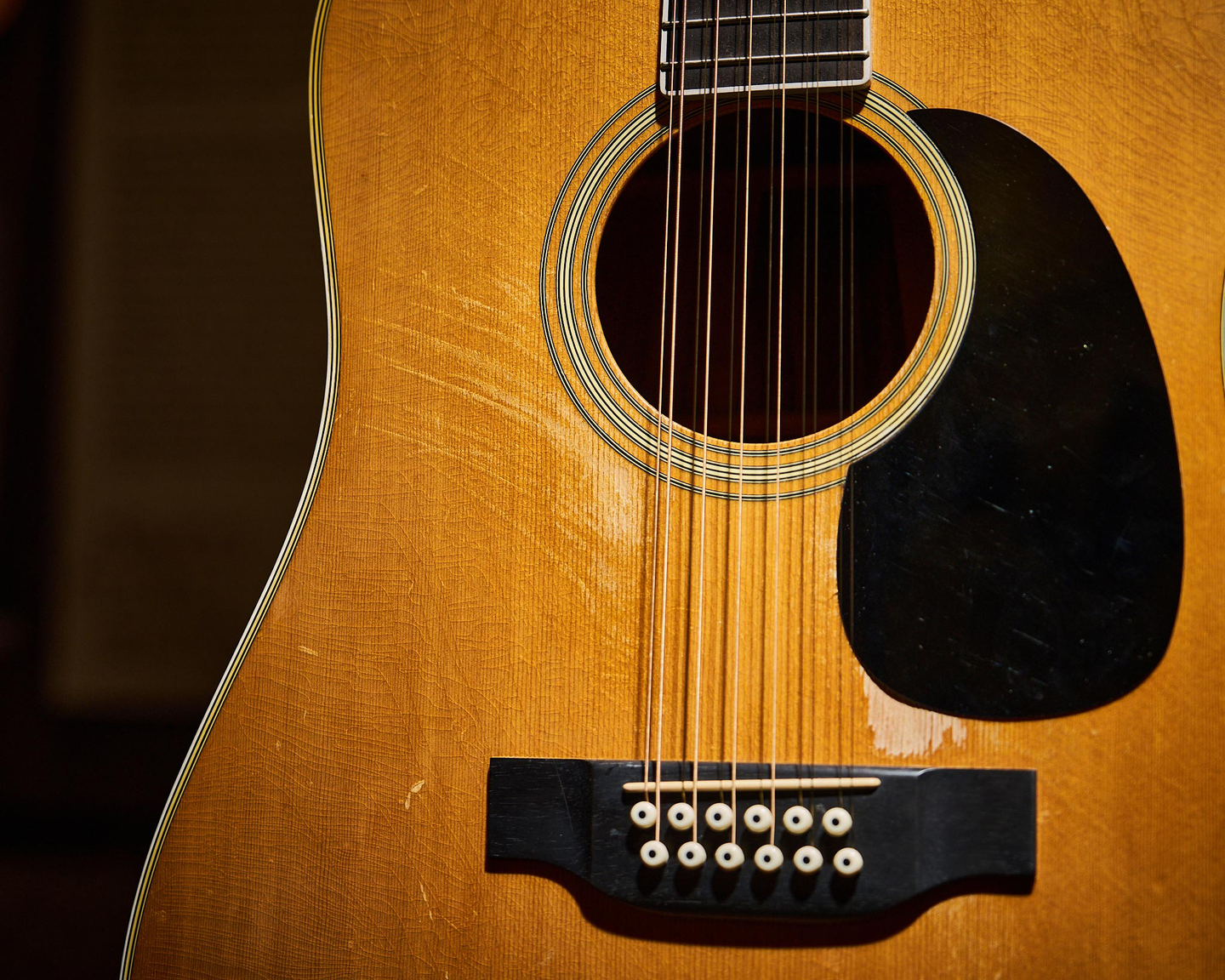
Twelve Frets and the Folk Movement
To understand why Judy connected so deeply with this guitar, it helps to look back at the instrument’s origins—and the era that made it iconic. In the mid-1960s, Martin began building 12-string guitars in earnest, starting with slope-shoulder, 12-fret models with slotted headstocks. It was a design that immediately appealed to folk singers looking for warmth, depth, and volume.
“The 12-fret body is larger, so you’re moving more air out of the soundhole,” Jason explains. “That gives you more volume and presence—something folk artists really gravitated toward.”
The D12-35 offered the kind of shimmering resonance and low-end power that suited everything from traditional ballads to protest anthems. It wasn’t just a sonic choice—it was a statement.
And it wasn’t just Judy. Peter Yarrow of Peter, Paul and Mary also played a 12-fret 12-string. These guitars became a hallmark of the folk revival, and Judy helped solidify their place on major stages across the country.
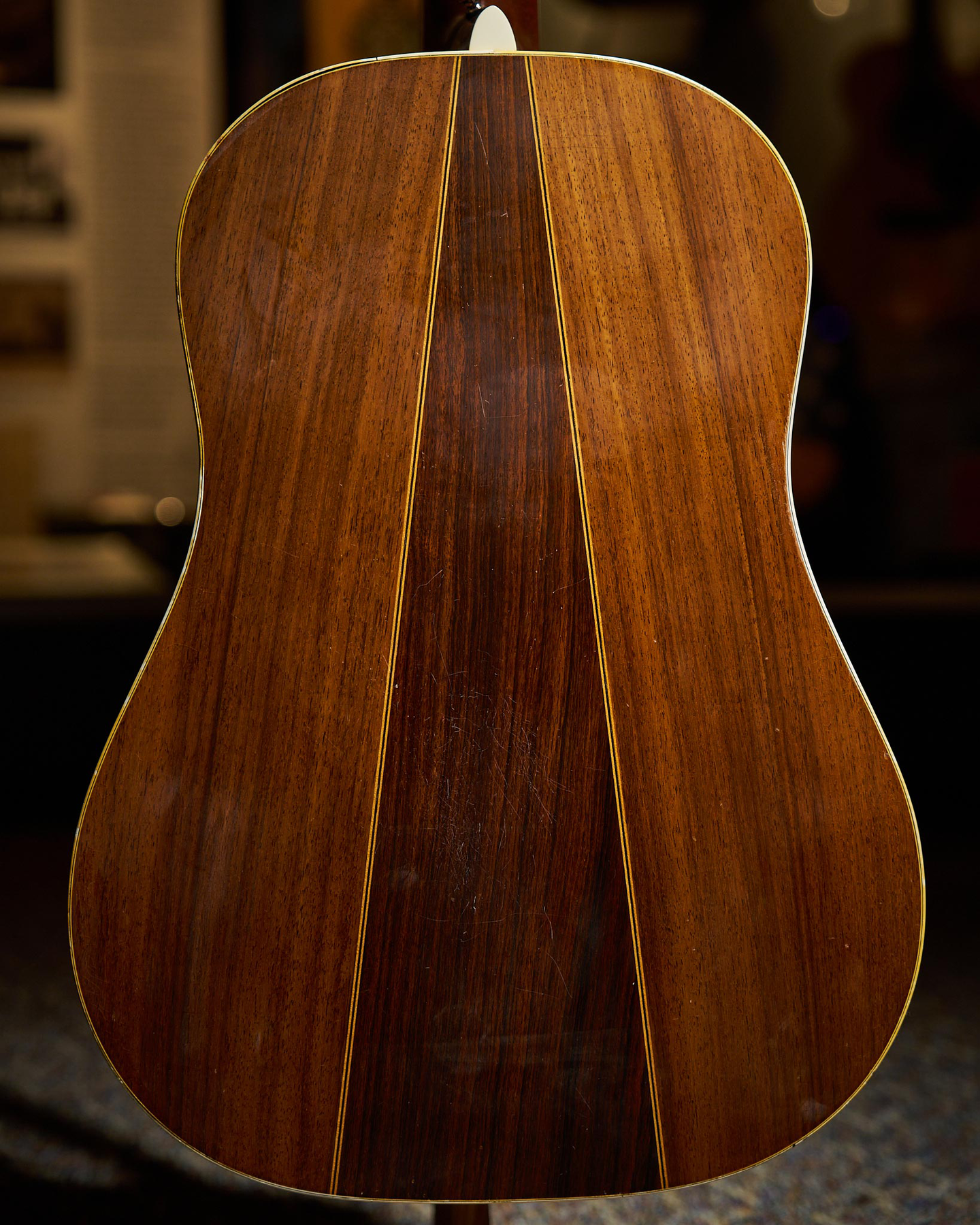
From the Stage to the Martin Museum
While Martin has had one of Judy’s signature models on display in the past, the museum now features the real thing: her personal 1971 D12-35, acquired through a Christie’s auction.
“We’re always looking for instruments that tell a story,” Jason says. “And this one was actually hers. That makes it really special.”
When Martin created signature models for Judy years later, they reflected the same design choices she gravitated toward in the early ’70s: a six-string D-35 and a 12-string D12-35, both with 12-fret bodies and slope shoulders—a nod to the originals that shaped her sound.
“She was right there with Joan Baez and Joni Mitchell—just the upper echelon of folk singers,” Jason says. “And I’ve seen recent photos of her still playing a D12-35 on stage. She’s stayed true to that sound.”
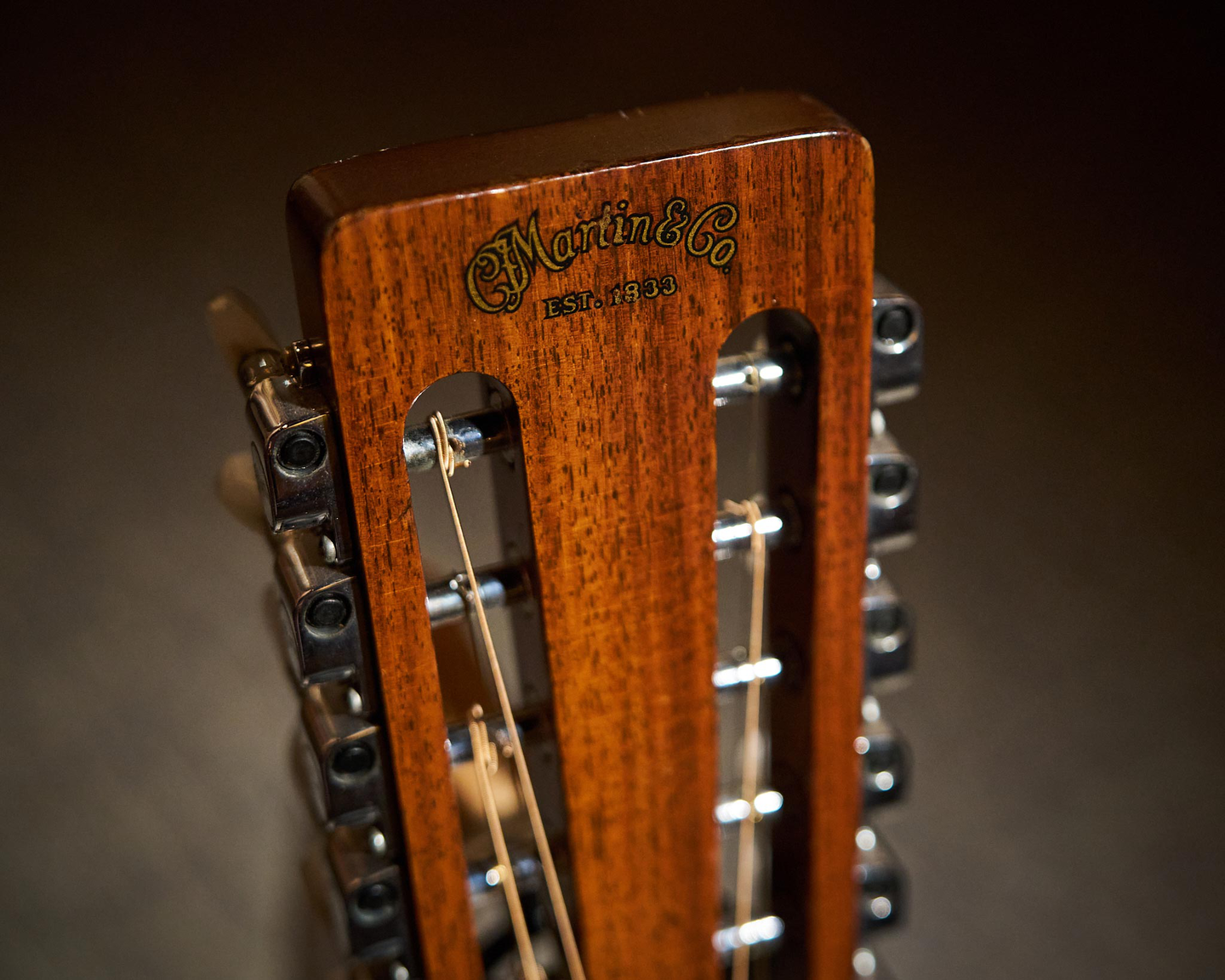
A Life of Music, Advocacy, and Resilience
Judy Collins’ story is as remarkable as the guitars she plays. From her early days as a classical piano prodigy to her embrace of folk music and lifelong activism, she has remained a creative force, releasing more than 55 albums and earning numerous awards, including a spot in the GRAMMY® Hall of Fame.
Her influence rippled far beyond her own recordings. In 1967, she met and began dating fellow singer-songwriter Stephen Stills. Their relationship would inspire one of the most iconic songs of the era: “Suite: Judy Blue Eyes.” Written during the couple’s breakup, the track became a centerpiece of Crosby, Stills & Nash’s debut album in 1969. Stills—himself a longtime Martin player—poured his emotions into the multipart composition, and Collins was reportedly in the studio when he recorded the demo. The song stands as a raw and deeply personal tribute to Judy’s lasting impact, both musically and emotionally.
She is also a champion for mental health, author of several memoirs, and the director of an Academy Award-nominated documentary. Her voice—equal parts strength and vulnerability—has never wavered, and neither has her artistry.
When you see her 1971 D12-35 in the Martin Museum, you’re not just looking at an instrument. You’re looking at the soundtrack to decades of storytelling, healing, and truth.

See Judy’s Guitar for Yourself
Judy Collins’ D12-35 isn’t flashy. It doesn’t need to be. Like the songs she sang and the causes she stood for, it speaks with clarity and depth. And now, it’s preserved as part of Martin’s legacy—alongside other guitars that helped shape the sound of popular music.
So, if you find yourself pulling into Nazareth, Pennsylvania, stop by the Martin Museum and take a closer look. You’ll find Judy’s 12-string there—and plenty of other legendary instruments with stories to tell.
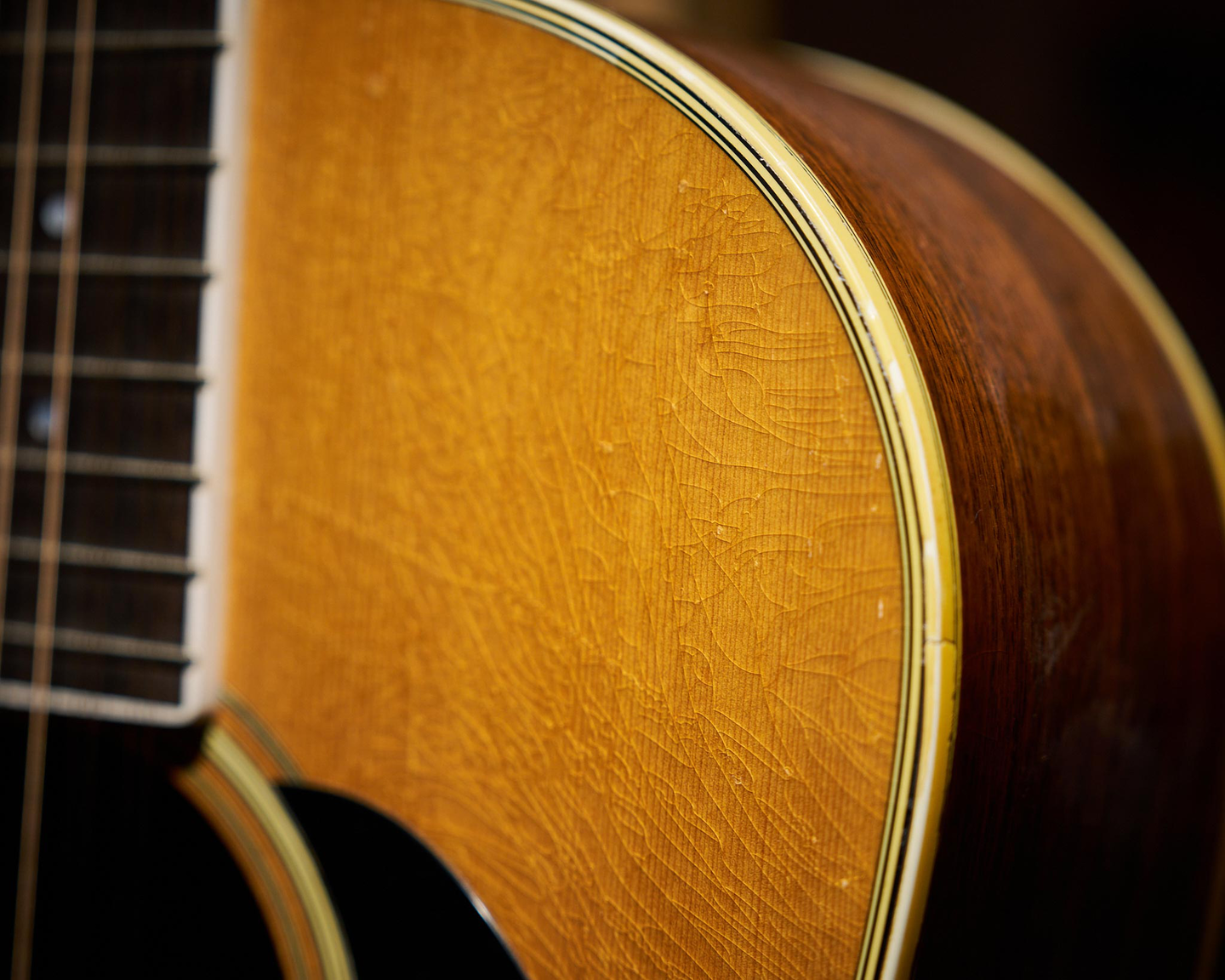
More from the Martin Museum
Explore other iconic artist guitars on display, including:
- Eric Clapton’s 000-28EC prototype
- Kurt Cobain and Elliott Smith’s 1953 D-18
- Joan Baez’s 1880 0-40
- John Mayer’s original OM-JM prototype
- Johnny Cash’s D-42
- Hank Williams’ 1947 D-18
- Les Paul’s first “good guitar”
Stay tuned for the next story behind the strings—only at the Martin Museum.
Until next time, happy playing!








